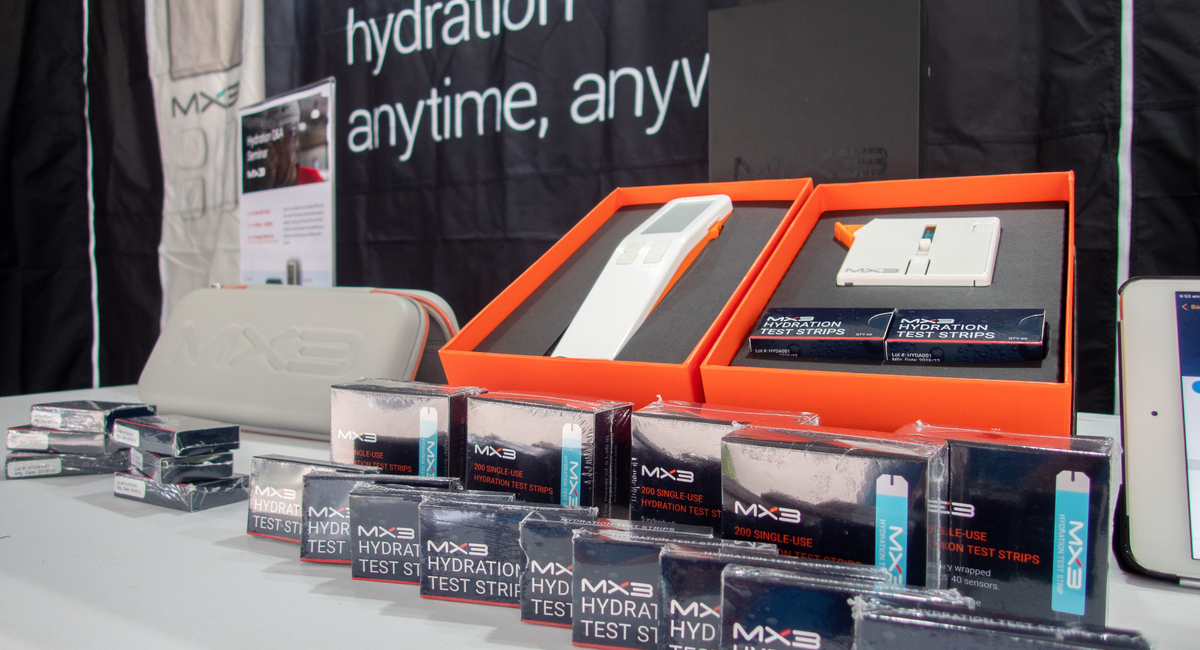What is OSHA's new National Emphasis Program?
National Emphasis Program (NEP) shows they are focused on preventing heat-related injuries and illnesses in a wide range of industries.
The threat of heat-related injury and illness is serious, especially for workers who are low-wage earners. OSHA acknowledges the direct correlation of hydration and workplace safety. This NEP is designed to minimize worker dehydration by targeting high heat industries like manufacturing, construction, agriculture, and transportation.
Employers are encouraged to review and familiarize themselves with the NEP to prevent heat-related violations. Failure to do so can result in significant penalties from OSHA.
What does the new National Emphasis Program mean for employers?
OSHA’s first ever National Emphasis Program to protect workers from indoor and outdoor heat hazards, was officially announced on April 8, 2022. This new enforcement program is focused on occupational safety and health in the United States. OSHA created the NEP to focus on heat related issues across all industries and sectors, from manufacturing to transportation to construction.
Under the NEP, OSHA will be conducting proactive inspections for heat-related hazards—in both outdoor and indoor work environments. Employers should be cognizant, particularly on hot days, that OSHA may come knocking. To prepare for an inspection by OSHA, under this new emphasis program, employers should take steps to address hazards like heat exposure and acclimatization periods. It will be imperative that employers are proactive and have a plan in place. Finally, employers who fail to comply with the NEP may face increased fines and penalties from OSHA.
What are the most common violations that lead to penalties from the NEP?
Avoid potential penalties and time-consuming scrutiny by establishing viable protocols and displaying employer management efforts to minimize heat related hazards. The most common violations that lead to penalties from the NEP are not meeting the requirements of break time, hydration management, shade, and temperatures; failing to maintain a heat illness and injury prevention program; and not properly documenting conditions in the workplace.
Employers should ensure their safety policies address heat-related hazards, implement acclimatization periods for new employees who are not yet adjusted to working full days in high heat, develop a means to monitor the heat index and employee exposure to heat, and train employees on how to handle heat-related illnesses and emergencies.
How often do OSHA inspectors conduct audits under the NEP?
OSHA conducts audits on a regular basis, but the number and schedule of these audits depends on the specific National Emphasis Program (NEP) that is being enforced.
In addition, state plans may also adopt an NEP. Each state has its own plan which can be more or less stringent than the federal plans. It is important for companies to research the details of their state's plan before implementing any safety measures.
What are some best practices for preventing OSHA violations?
It is important for employers to be aware of OSHA's National Emphasis Program on Heat Stress, which began in May 2016. This program will focus on high-risk industries in local areas where the National Weather Service has issued a heat warning or advisory.
There are several steps that employers can take to protect themselves and their employees from OSHA violations related to heat stress:
-
Review injury and illness logs. Make sure you are accurately recording any illnesses or injuries that may have been caused by heat exposure.
-
Interview workers for symptoms of heat illness. Ask them how they are coping with the hot weather, whether they are taking breaks, and if they feel comfortable working in the current conditions.
-
Maintain a written heat illness prevention program. This should include specific procedures for monitoring the work environment and preventing employee exposure to excessive heat.
-
Train employees on how to recognize the signs and symptoms of heat-related illness, and what steps to take if someone begins experiencing symptoms.
-
Implement acclimatization periods for new employees who are not yet adjusted to working full days in high temperatures.
-
Monitor employees' hydration levels using devices such as MX3's Hydration Testing System, which allows you to monitor employee hydration right from your office. Their portal even allows you to capture data and generate compliance reports in one convenient location.
What are some of the benefits of following OSHA safety regulations?
There are many benefits to following OSHA safety regulations in the workplace. For one, it can help businesses save time and money. Avoid hefty hospital fees and prolonged illness by keeping your employees safe and hydrated. In addition, it can also make workplaces more efficient and safer for employees. Furthermore, OSHA offers great resources to help keep workers safe, including emergency regulations and risk management plans. Finally, the National Emphasis Program is designed for when there is a high potential for exposure in order for workers to be inspected and follow up with compliance as needed.

